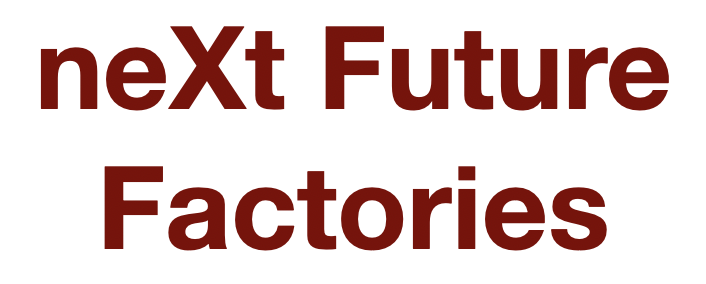Authors
Sean Doherty, Roudy Wehbe, Katie Plain, Ramy Harik, Allen Halbritter
Journal
Computer-Aided Design & Applications
Abstract
Automated Fiber Placement (AFP) is a common method for laying up composites for large structures in the aerospace industry. During the process, a robotic head places several carbon fiber strips (tows) over a surface in successive paths (courses) to achieve the full surface coverage. In order to improve AFP productivity, it is necessary to minimize the time when the AFP machine is not adding material to the structure especially when travelling between the end of one course/ply and the start of the next one which is also referred to as off-part motion. The off-part motion of the AFP machine creates a unique opportunity for optimization since it does not require a requalification of the process. Travelling between the plies of a composite layup is similar to travelling between cities, which led to the use of the heuristics to solve the Travelling Salesman Problem. An algorithm was created to optimize the off-part motion by first creating a precedence network consisting of sets of plies of the original part, then a path is built via a heuristic local search methodology that attempts to reduce the toolpath’s off-part distance. Several test cases were developed to verify the algorithm. The test cases showed a range of 50%- 80% off-part distance savings from erroneous layup strategies depending on what type of layup errors were introduced within the original toolpath.
Keywords
Automated Fiber Placement, Optimization, Traveling Salesman Problem
Citation
Sean Doherty, Roudy Wehbe, Katie Plain, Ramy Harik, & Allen Halbritter. (2022). Off- Part Motion Optimization for an Automated Fiber Placement. Computer-Aided Design & Applications, 220-237. doi:https://www.cad-journal.net/files/vol_19/CAD_19(2)_2022_220-237.pdf
Link: https://www.mdpi.cowww.cad-journal.net/files/vol_19/CAD_19(2)_2022_220-237.pdf
Documents


